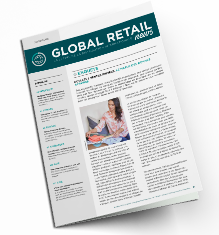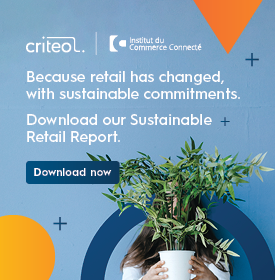Phygital. Return to basic principals
After emerging as a disruptive new business, digital is transforming core retail business. What are the technologies which allow more operational efficiency in stores? Looking of ‘phygital’ solutions - which foster digital sales done in the physical world - what are the correct priorities?

As we begin this new decade of 2020, retailers’ digital strategies are returning to basic principles. From 2010 we’ve seen screens and kiosks mushrooming in stores but deserted by customers, as if ‘omnichannel’ means offering a website in store. We’ve seen wireless ‘Beacons’, which were supposed to respond to smartphones with personalised promotions. These failed to generate revenue or return on investment. We note that augmented and virtual reality experiences are offered by luxury retailers. The range of disposable technology is very wide. However, the critical question remains. How can retailers use digital to balance the books? Store turnover is historically lower by up to 20% against increased costs, including I.T. and staff training. How can a retailer decide on investment between different phygital solutions?
This remains a thorny subject for retailers’ Boards. “The sheer number of projects to be addressed is terrifying. The perfect ‘retailer’ is supposed to do everything”, said Neil Stern, Senior Partner at McMillanDoolittle in Chicago. “Today, we see how many C.E.O.s are reactive rather than proactive. They answer proposals from their Chief Digital Officer, their Chief Information Officer or technology providers. They try to sort out the ideas, which are generally innovative and attractive. The hardest task is to deprioritise digital projects, which must be precisely measured in terms of productivity gains and return on investments”.
Not all retailers are at the same point in the transition to fully digital technology. Specialised retailers like Sephora or Fnac are ahead. Indeed, omnichannel has been more straightforward for them. E-commerce, based on a reduced number of products, was a direct extension of their ‘brick & mortar’ business. The Operational Director of a Spanish fashion brand said:





